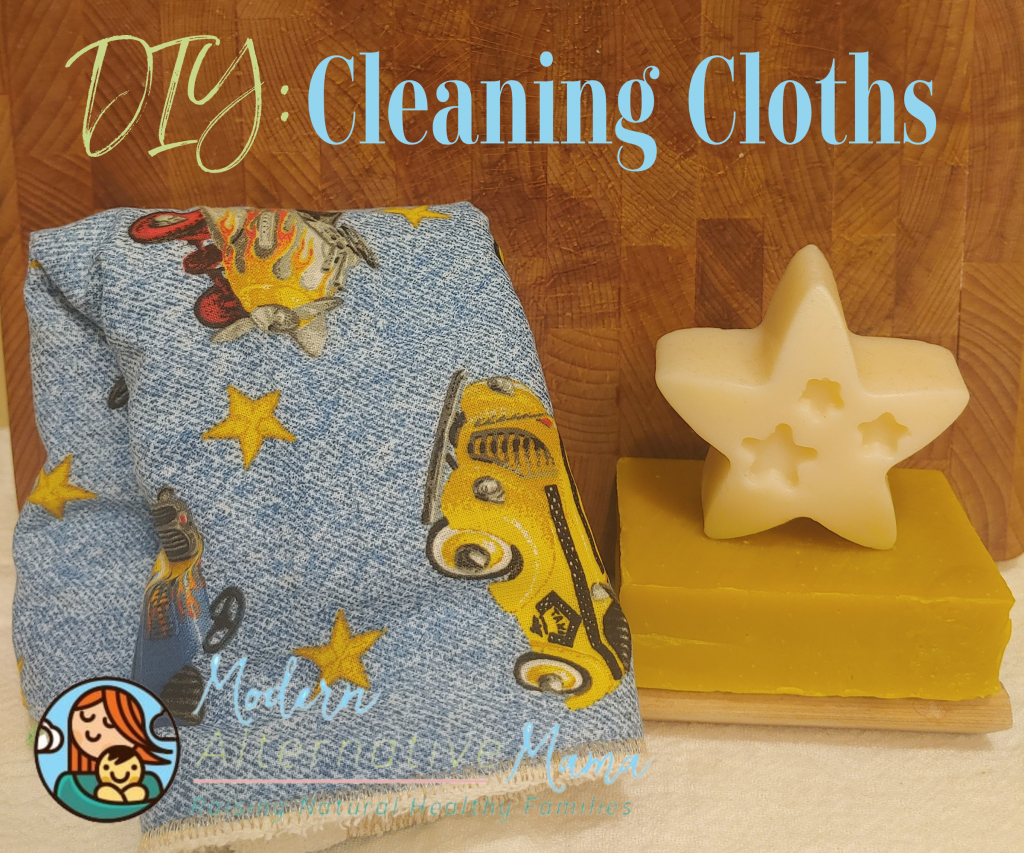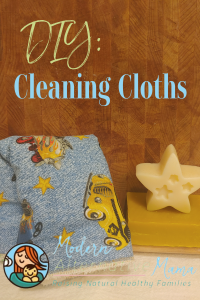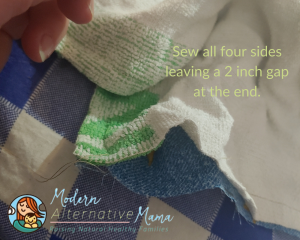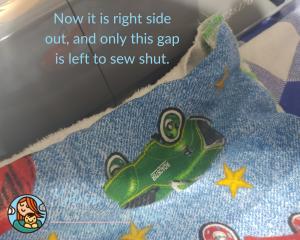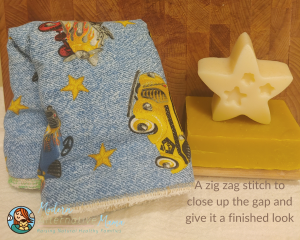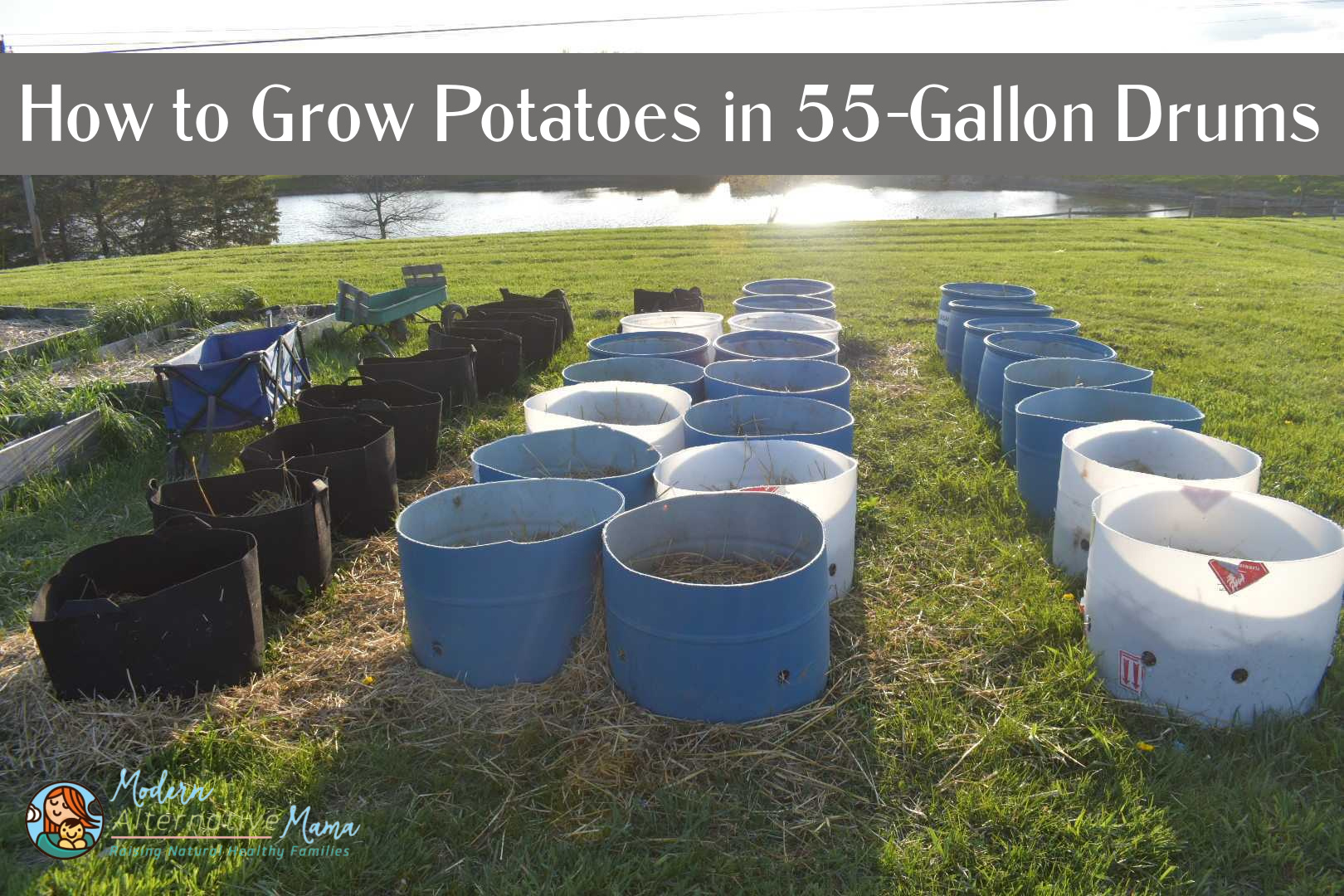Written by abykm91 and Rustina.
All that paper towel is going to waste or time spent finding a set of plain cotton towels that don’t get all rough in the washing machine! There must be a better way, right? Good news – there is!
We love to encourage you to do things yourself in your home. We’ll be sharing projects, recipes, remedies, crafts, and more with you all year! We aim to help you find what you need to feel more secure in your knowledge and skills to make whatever you need!
Why Cleaning Cloths are a Great Idea
My husband loves paper towels. He was nearly distraught when I told him we were switching to homemade cleaning cloths. Until he realized how much money we would save by not going through a case of paper towels each month. Especially since I made the cleaning cloths from old baby blankets and retired shirts, that makes them almost free (minus the cost of thread and time), and they are small enough that they are just added to the laundry I’m already doing, so we’re not using extra water for washing.
These are great for spills, bathroom cleaning, windows, mirrors, dusting, fridge cleaning, stovetops, counters, and any general wipe-up.
And a DIY cleaning cloth is customizable. You choose the size, color, and texture to fit YOUR needs. One great idea to consider is a two-sided cloth. One absorbent side and one that’s lint-free.
You can spend the money on fabric at the store if you want super-cute, totally matching, perfectly perfect cleaning cloths. Or you can up-cycle old work shirts, t-shirts, baby blankets, and towels (which is what we did). It’s entirely up to you!
Some people like to make other cloth sizes like a 14×16” for general use (about hand towel size). And a 7×8” kid-size (about washcloth size). Making fun kid-sized cleaning cloths can encourage your littles to help. Guess what? It worked for us!
12×12 will fold up nicely and fit that not-too-big, not-too-small category well! No matter the size you choose to cut, the basic steps are the same, so have fun customizing as you wish!
How to Make Homemade Cleaning Cloths
Supplies:
- At least 2 cutouts of 12” x 12” cotton fabric
- Cotton thread
- Sewing machine (it can be hand sewn as well)
Directions:
Step 1: Choose your materials.
The ideal cloth has absorbent and lint-free sides because no one wants streaky windows. You can use retired work shirts, old baby blankets, cut-up larger towels with holes, or any fabric. Using the same color palette makes a cute, coordinated cleaning cloth set.
Step 2: Cut the fabric to your desired size.
I have cut fabric from the shirts to match quartered blankets. Since then, I’ve been consistent with the size of the sheets because I want them to fold evenly in the basket we use for storage. For this tutorial, I used some spare fabric I had gifted and part of an old towel. This is cut to the 12” x 12” size.
Step 3: Pin the fabrics together (outside facing in).
You’ll want to put the outside facing in so after the nice strong seam is there, then when unfolded, the “pretty side” is out.
Step 4: Use a straight stitch to sew and then trim.
For most cotton fabrics, the tension knob should be between 3 and 5. Use 3 for loosely knit like the jersey/t shirt cotton and 5 for tighter stitched fabric/not as stretchy fabric. I used 4 for the thin cotton and thicker terry cloth.
Sew the 4 edges with a 1/4 inch margin (a ¼ of space between the edge of the fabric and where you are sewing). Leave about a 2-inch gap unsewn on one end to invert the fabric through that gap and get it right side out. Before inverting the fabric, trim the edges down for a smoother edge.
Step 5: Inverting the fabric.
Take the corner opposite the gap, push it through it, and continue to pull it through until all the “right side” or “pretty side” of the fabric is on the outside now.
Once you’ve turned the cloth right side out, smooth it down (if you love ironing, go for it. If you don’t love ironing, just smooth it down as nicely as you can. This helps make sure you get a good flat edge that looks better when folded).
Step 6: Sew some more.
This time, you can use a straight stitch (simple, clean look) or a zig-zag stitch (fun, colorful look) to go around all four sides and close the gap. This gives the cloth a cleaner, more finished look, and while it’s not how my first few clothes worked out, it’s how I’ve come to sew them now. If one of the fabrics is thick, like the terry cloth, you can add the trim to the lengths of the sides, but skip over the corners to avoid an area too thick for the sewing machine.
And there you have it!
Notes:
I store the cleaning cloths in a cute basket on a child-height shelf in our kitchen. They are visible (one reason it’s nice if they’re cute) and easily accessible to everyone in the house, which makes them more likely to be used!
You could change the sizes you make also. A 6×6 is perfect for family cloth (cloth toilet paper, reusable, or even great to have on hand in case you run out of TP – or the stores do it again! A 12×16 is a nice hand towel size.
I use Earthley’s Laundry Detergent to wash them and keep a bottle of their natural Cleaning Spray Concentrate in the basket of cloths for a quick clean-up station!
You can find more helpful tips in the Clean Home Project Guide.

